Wars and Culture that shaped Northern Mindanao
I firmly believe that it is important for us to appreciate the history of its own land. For tourists and history enthusiasts, it is a form of enriching in the mind to know the history of other places. It is also a good conversation starters. Hence, I decided to share with you the knowledge that I learned during my short tour at Museo de Oro. Please take note of this that I am not a history major, rather an International Studies and Public Administration major that is why I transcribed the notes that were written on the glass panels that describe the series of events and the objects that were displayed. I only gained modest information about the history of Mindanao and of Cagayan de Oro. I will attempt to make analyses of the facts presented. I will try my best to put the sources if there were historians who published their books and other literary works online.
A little background of Cagayan de Oro
I got this information during our History class in college. Our teacher in that subject was really enthusiastic into imparting her knowledge to us. She told us that the word Cagayan originated from the word Cagaiang, a village established on Prehispanic Period.
Old folks also say that it became Cagayan de Oro, because it is believed to have lots of gold. There is also a giant fish on the river called Oro. As someone who is working before in the Mines and Geosciences Bureau Regional Office 10, I wanted to agree with that belief because a lot of our clients in MGB said to have found gold dusts during their operations in mining sites (nonmetallic) im Cagayan de Oro City. Last year, I also got to talk to the locals of Bayanga, a sitio in Cagayan de Oro, and said that at some point, they opt to pan on waterways and found some grams of gold grains.

Let’s get started! Let us know first a brief background about Museo de Oro
Museo de Oro is located near the main gate of Xavier University – Ateneo de Cagayan. If you wish to visit the museum, it is found in the heart of the city. You can actually ask the people around to give you directions since Xavier University is a popular institution in the city. You can also opt to ride motorella (motorized cartel), and you only need to pay Php 5 -6. That is is 0.1USD to send you to XU.
The museum is open from 8 in the morning until 5 in the afternoon on Tuesday to Saturday. It is closed on Monday for cleaning and maintenance. It is also a member of Mindanao Association of Museums, Inc.
The museum is open for tours.
This is the Admission Fee:
Regular Rates – P70.00
XU alumni and graduate students (just present your id) – P60.00
Students and Senior Citizens – 30.00
Museo de Oro is an open house (meaning it is open for everybody) during Xavier Days which is celebrated on the first week of December. Feel free to visit there with your kids, friends, nephews, nieces, or date for that day!
Geology and Prehistory of Northern Mindanao
The island of Mindanao was formed around 6.5 million years ago. Its plain formation was uplifted through strong volcanic eruptions which led to formation of mountain-ranges and other landforms. Around 2 million years ago, the land was thought to have five distinct islands and was then brought together and become one big island of Mindanao.
No wonder as you travel along Mindanao, you will find mountain ranges, plateau and other land forms.
During the Pleistocene Period, the ocean level was very low that it exposed continental shelves and low-lying islands around the Southeast Asian region. The Shunda Shelf for one has served as a land bridge among some Southeast Asian countries. Climate change amd global warming melted the ice sheets up in the northern hemisphere causing the rising of the ocean level covering low-lying islands. The bridge connecting Mindanao from other Southeast Asian countries was disconnected
It is no wonder why some people people in Mindanao and from Mindanao resemble to Malaysians and Indonesians.
These are some of the fossils and artifacts that can be found in the museum.


This fossil has been found around the Gitagum, Misamis Oriental. It was thought to belong to a family of water crocodile that lived during the late part of Pleistocene.
The Stegodon in Northern Mindanao
Sometime in 500, 000 – 128,000 years ago, there were some prehistoric mammals that existed from the mainland Asia that had already existed in the Philippines too. Fossilized bones and teeth of these mammalian fauna such that of Stegodon , Elephanas (an old form of rhinoceros) served as evidence for their existence. Tooth fragment were found in the northwestern portion of Mindanao by a number paleontologists who studied the existence of such mammal.
Huluga Cave and Huluga Burial Hole
Archeological survey in Mindanao showed signs people existing before. Huluga cave was discovered by some local residents of Taguanao. It is a can be found in a limestone cliff which is 100 feet above the infamous Cagayan de Oro River. The cave has two chambers with human remains and other objects (pottery of iron age, shell ornaments, boar tooth pendant, carnelian beads, and few polished stone tools.
In the nearby cliff few meters away, a large hole was discovered in 1975. Skeletal remains were founds of two beings. Shards and vessels of pottery were found and other ornaments and other tools. According to a study conducted at the Scripps Institute of Oceanograhy at California, the human bones said to have dated on 1600 BP (Before the Present)
The painting depicted how the lifestyle of the inhabitants of this area had been. Just like the ancient times in the fertile crescent, inhabitants chose to stay near the river as it provided them adequate access to food for daily living.

The Metal Period : 300BC to 1000AD
This period is described to have communities live near river channels and streams. With the artifacts found, it is believed that communities in this Period could have practiced small scale-farming with simple technology. Planting of root crops and rice have also been practiced as a form of their subsistence. It is said to be that they were engaged to pottery making and other tools using stone and iron materials.
These were some of the tools that were found in nearby areas:
This is a pottery of the Kalanay tradition found in Huluga Cave. You could see that the people loved to put some patterns already adding beauty to the tools they used.

And another relic/pottery from the Kalanay tradition.

Himologan Village: An Early Settlement in Cagayan de Oro
Before the Spanish missionaries set foot in Mindanao, a settlement already existed in the uptown region near the Cagayan River called Himoloan Village. Two Recollect Spanish Missionary came to Himologan in 1622. These missionaries met Datu Salangsang, who was the chieftain at Himologan Village, and with his people.
The Spanish government and authorities had been persistent in keeping Philippines as its colony through the use of religion.
The village, according to the account of the two missionaries can only be accessed through a ladder made up of rattan, causing it very hard to be attacked by outsiders. The village is said to be spacious as well. The villagers practiced their religion by constructing a small house which served as religious worship of the nature spirits or also known as Diwata.

The painting below depicted the daily life activities in the Himologan Village. Because the forest was flourishing with resources, men opted to hunt. They created tools for gathering and hunting food. Meanwhile, women are focused on making pots and baskets and other things which were detrimental in their households.

These were some of the items they used in hunting and gathering food.

Trade and Contact Period In Northern Mindanao
Chinese traders were plying their products around 1100 AD in the islands of Philippines. These merchants trade their porcelains, silk materials, gold, and other goods. These traders even during the Spanish Era in the Philippines had been to different ports of Northern Mindanao. One of the areas with the largest commercial activity in Mindanao is in the CARAGA region. There were porcelains and stoneware that were found coming from the Sung Dynasty in China.
The trading has also led to intercultural marriages in the Philippines.
Balangai (a type of sailing vessel) has been found in Butuan which were used by the Butuan Natives.
These were some of the relics that were found during explorations done by some men who work to study the history of Mindanao.




And some other relics found to some other parts of Mindanao
(Please refer to the caption provided in the photo):


Because of human greed, there were a lot of conflicts that occurred long ago. There are other conspiracists who believe that it has been the Spaniards who triggered each warring party so they would not be united in toppling down the Spanish rule.
Here is one of the weapons used by the Indigenous Peoples and Moros (Islamized people). This is called Kampilan, a bladed weapon used in warfare.

In addition to the history of Himologan, the village was already integrated into Maguindanao territory. Taxation has long been introduced through imposition of tributes to the community by the Sultanates. In response, the Chieftain of Himologan paid annual tributes to Sultan Kudarat to avoid conflict with them.
In continuation with the missionaries visiting Himologan Village, the Chieftain of Himologan was ordered by Sultan Kudarat to kill them. By refusing to follow the order of Kudarat cause the fight between the warriors of the two villages.
Contrary to belief of others, I believe Sultan Kudarat was not barbaric at all. He just wanted to maintain his power as one of the biggest heads in Mindanao Island.Well, there are a lot of speculations.

PADRE CAPITAN
After the visit of the missionaries in Himologan, a bright priest, Fray Agustin de San Pedro was sent to Himologan. He had studied military tactics and gunnery. Prior to his visit in Himologan, he had a mission in CARAGA and Butuan. Fray Agustin helped in defending the community of Himologan from the attacks of Sultan Kudarat. He trained the men of Datu Salangsang.
They were able to repel the troops of Sultan Kudarat because Spanish Troops and Natives Troops from Butuan were sent as per request. Fray Agustin was an asset and thus hailed as EL PADRE CAPITAN (The Captain Priest).
THE NEW VILLAGE CAGAIANG
After the conflict with Sultan Kudarat, Datu Salangsang decided to relocate to another area as per the advice of Fray Agustin. The community transferred near Cagaiang River, but some decided to stay in the Himologan Village.
The new village was fortified. A citadel was also built which served as a stronghold to protect the villagers.
Sultan Kudarat sought for revenge with his two thousand warriors. They used lantaka. Unfortunately, Kudarat and his troops were not able to infiltrate the village. The remaining families in the Himologan decided to transfer to the fortified village of Cagaiang because they saw how fortified the new village was.
Datu Salangsang with his men pledged allegiance to the Spanish sovereign. His family was then baptized in the church followed by his men.
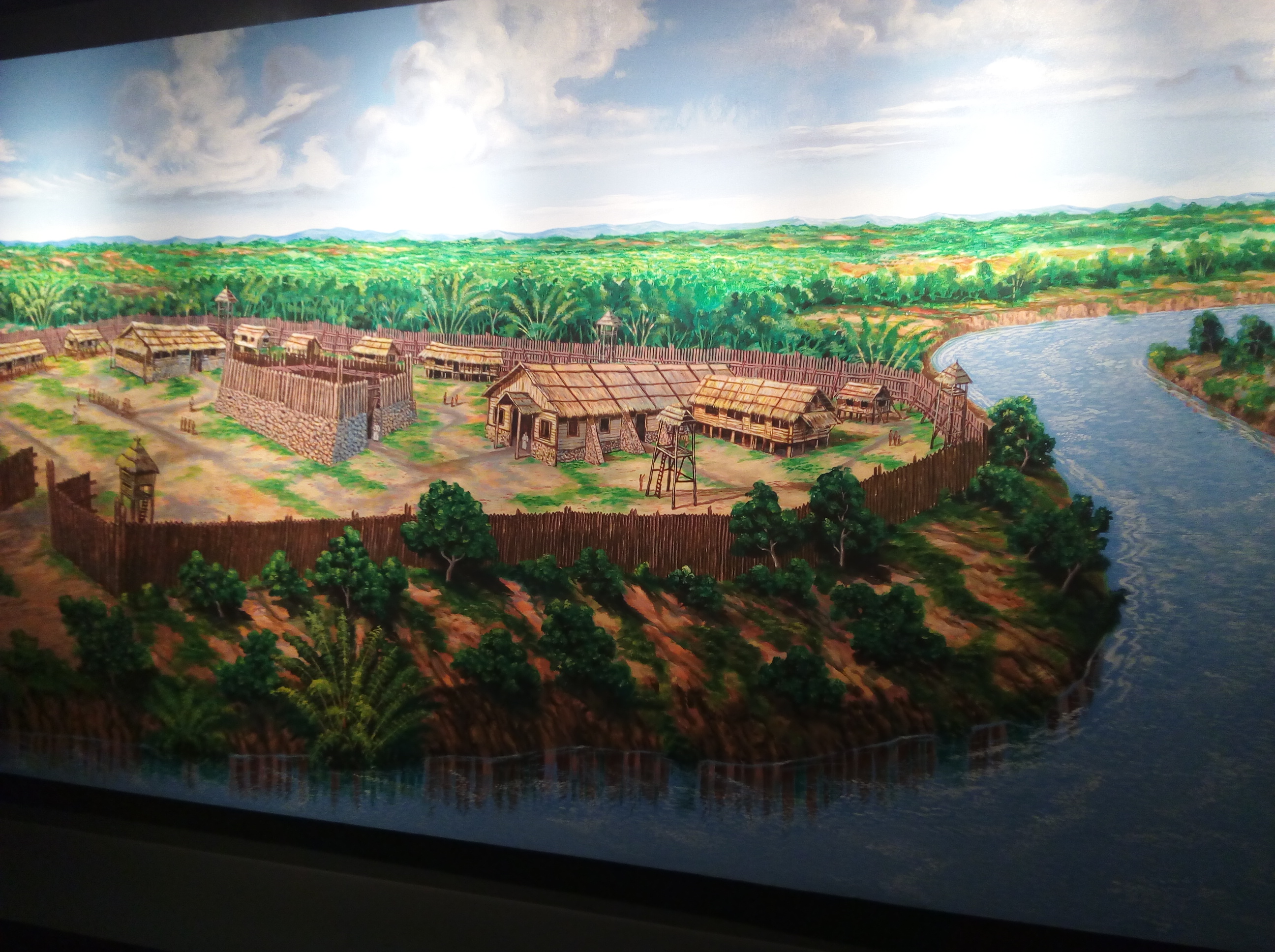
These are some other war instruments that had been used by warriors:
Lantaka is a type of Cannon which is made up of Solid Cast Brass and from Chinese Origin. It has been employed by the Prehispanic Filipinos in warfare.
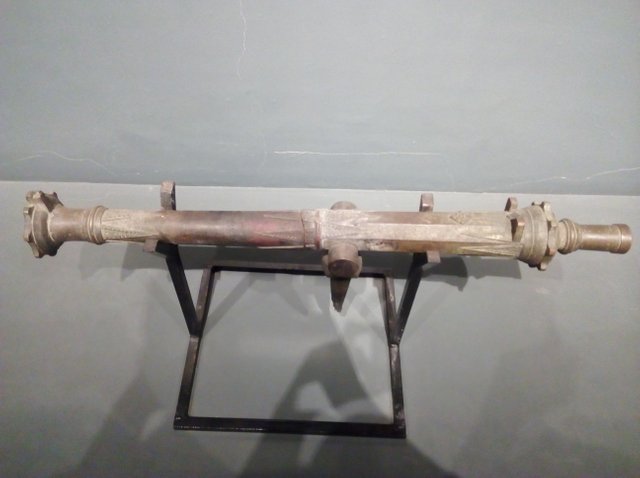
Kalasag is a rectangular shield has been part of the warrior’s accessories to protect them from the attacks of the enemy.
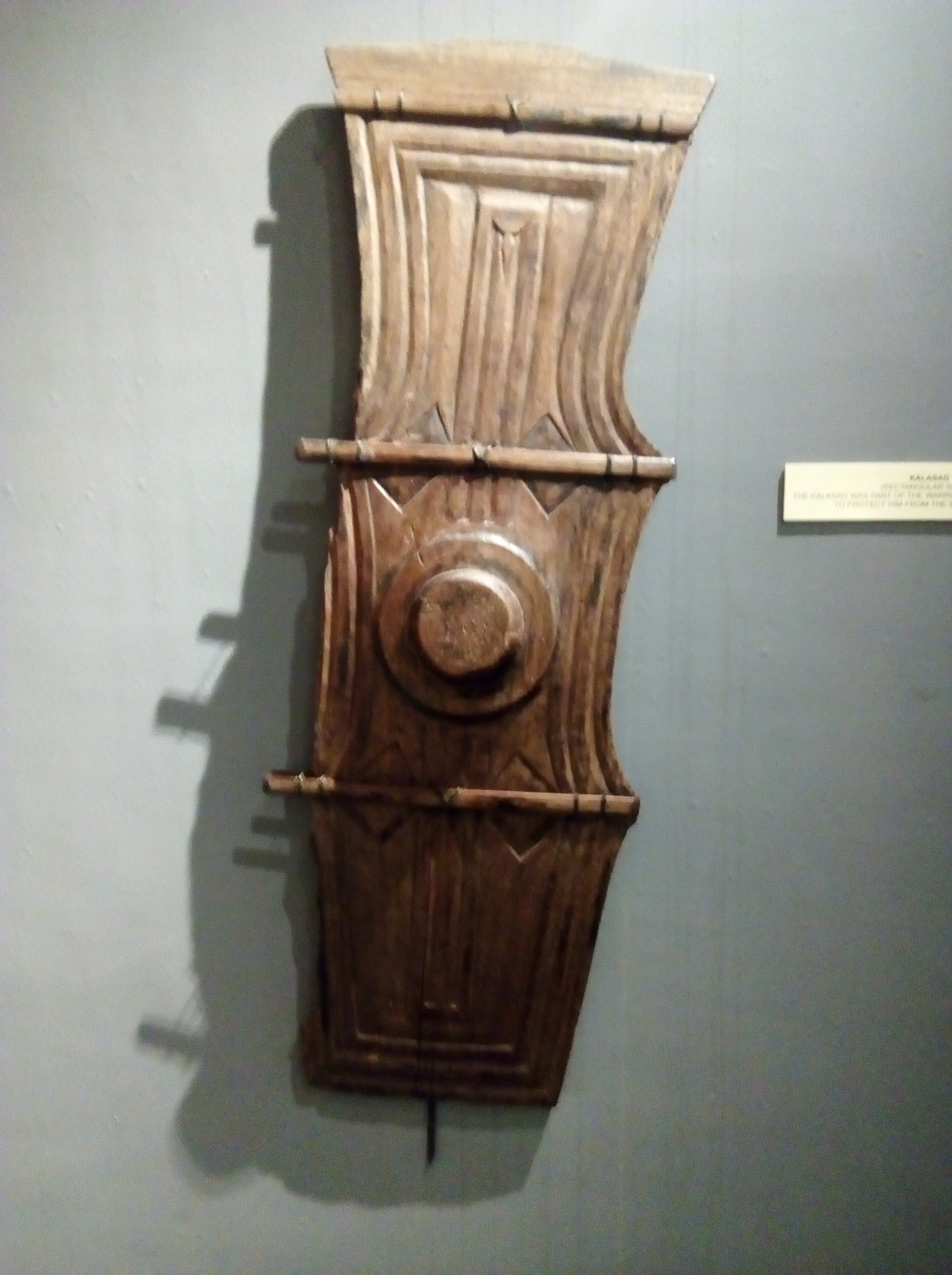
The Old Cathedral Church
Sultan Kudarat applied a new tactic in defeating the Cagaiang Village. He succeeded, ransacked the houses, and then burned the entire village. The village rehabilitated then after the incident and constructed a new church made out of cogon grass, bamboo, and wood. The church was then burned by the rebelling residents adjacent to Cagayan in 1649. It was rebuilt using the same material but was burned again in 1778.
In 1841, the Church was rebuilt using Molave wood. The walls and buttress were composed of Marine Stones from China. It was finished ten years after of construction.
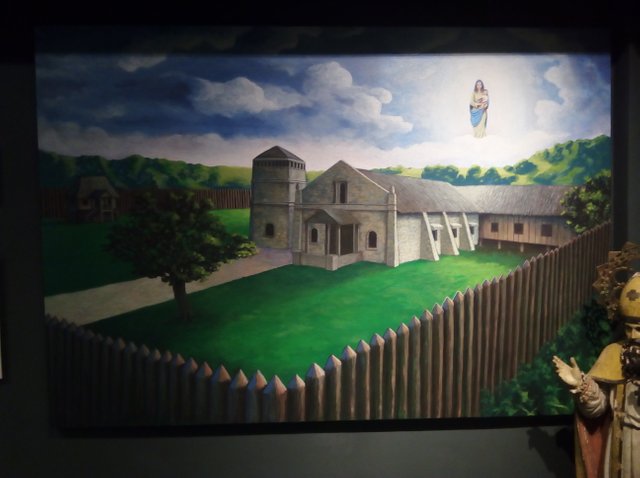
Salud: The Early Revolutionary Woman of Cagayan de Oro
As mentioned, rebellions occurred against the Spanish colonizers. They were resistant of the Spanish Rule. There were rumors that some women were raped by Spanish friars and officials.
In 1651, a political rebellion occurred in Cagayan up to Iligan, Butuan, and the island of Camiguin. Some missionaries had then been killed. Salur or Salud has been one of the leaders of the rebels in Cagayan. She was accused as a witch as she was practicing paganism.
Her coalition in the interior mountains had been so strong thus giving her the advantage. Father Nicolas de La Madre decided to go to the forest alone to convert the followers of Salud. He then used these men to information about Salyd and capture Salud and her son Apolinar, and some other accomplices of the rebellion. They were then sentenced to death.
I have always looked forward and have high regard on women in history that created such impact. Salud is not known by the Kagay-anons mainly because a lot did not give importance to the history of the city.

These are some of the other relics in Mindanao particularly Northern Mindanao during the Spanish Era in Northern Mindanao:

A photo of the Colonial Officers (La Colonial Offial)
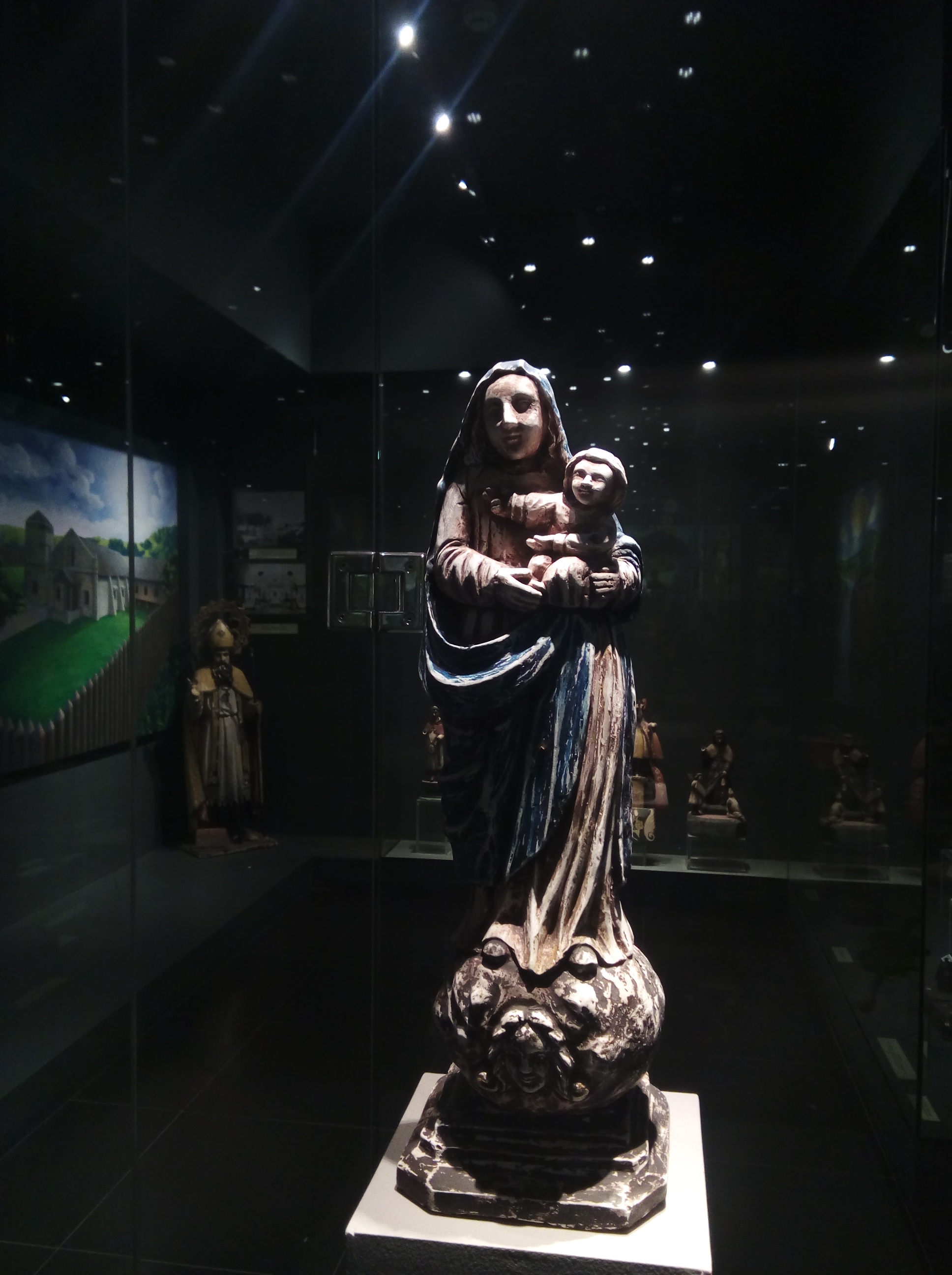
Holy Water Container used during Blessings
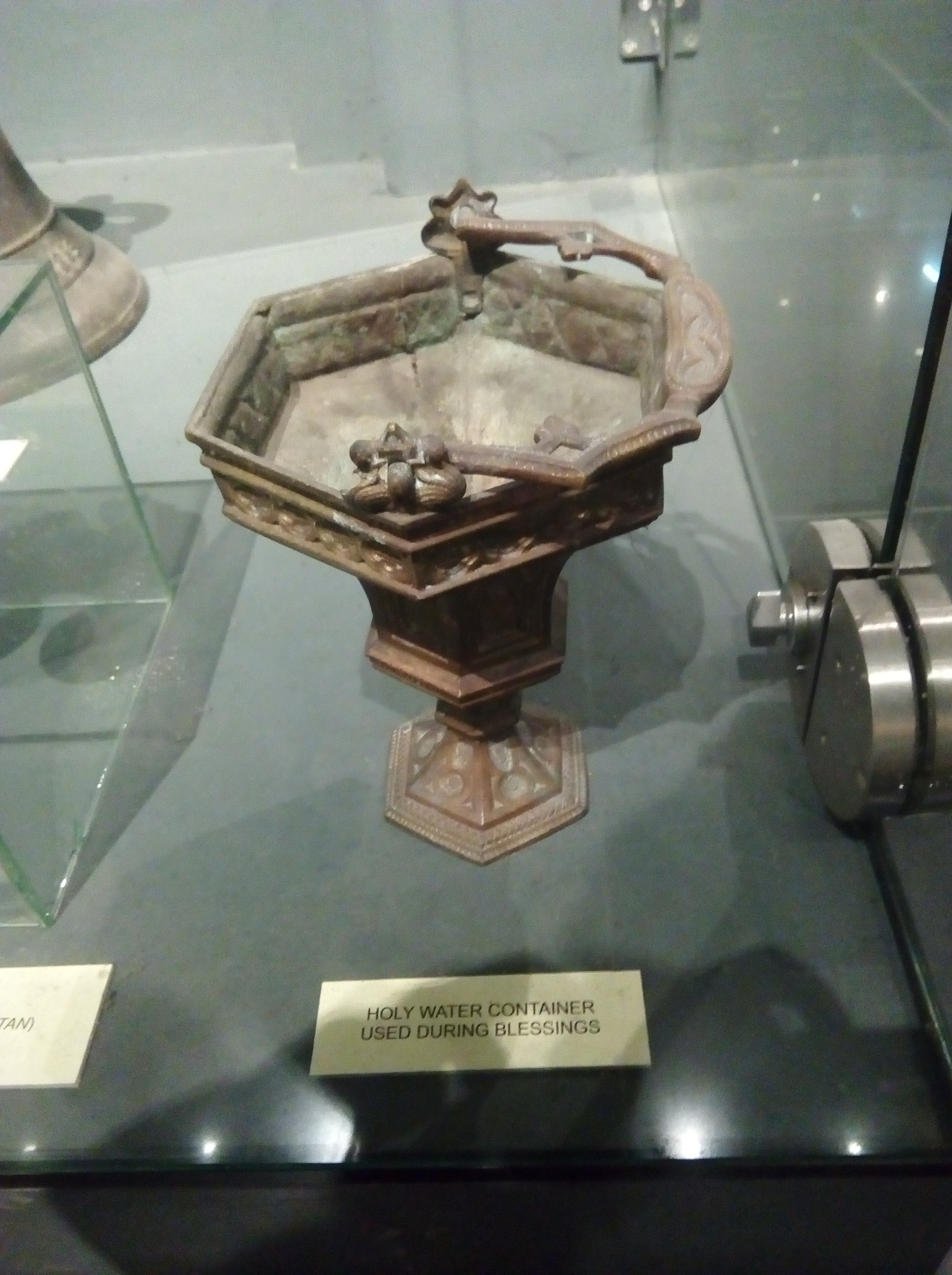
Baking Implement for the Communion Hosts
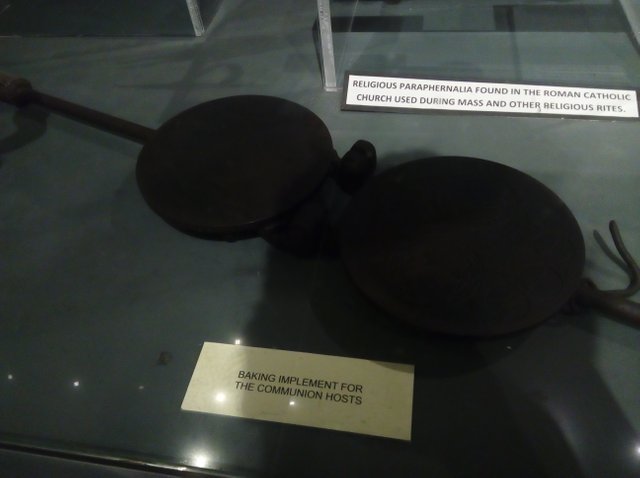
Campana, a bell hung from a wooden beam and was rung by pulling the clapper against the mouth.
FILIPINO- AMERICAN WAR
Americans were not fully in good terms with the entire Philippines. There were areas who fought against the existence of American rule.
Another Filipina rose up and fought from the existence of colonial rule.
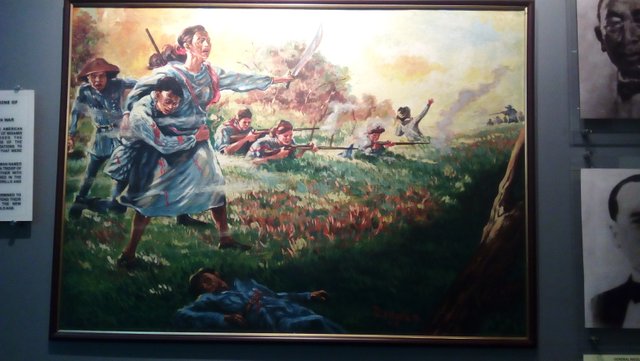
Arcadia Valenzuela is regarded as a Heroine of Cagayan de Oro during the Filipino-American War. She organized men and women from Lapasan and from other places and gathered them in Gaston Park (which was formerly known as Public Plaza). She gave them military instructions and drills to follow. Her troop were so determined in fighting against the new colonizers. Good thing for her, she lived long and aged gracefully.
Battle of Makahambus
Filipino rebel forces fought against the American soldier in June 14, 1900 on the Hill of Macahamus. The American forces suffered heavy losses and were defeated by the Filipino Rebel Forces. According to some folks, one of Cagayan's pride is winning this battle.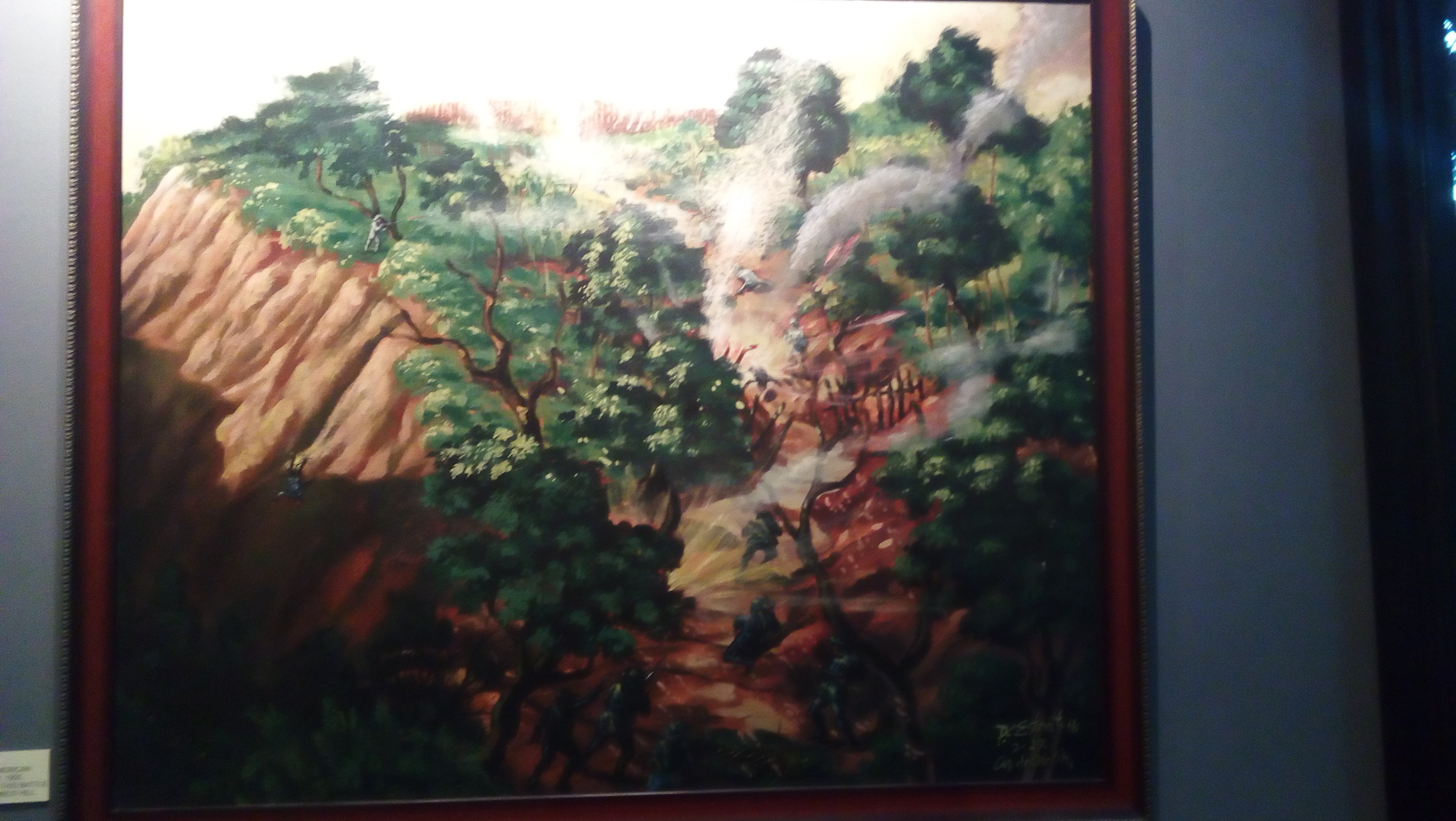
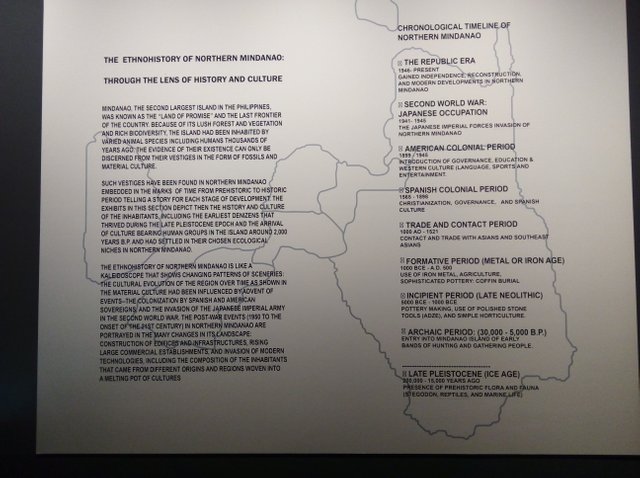
Here is the summary of the transcription on the Ethno-history of Northern Mindanao for easy reading:
Mindanao is the second largest island in the Philippines and was known as the “Land of Promise”. It has been inhabited by human and different animal species because of the abundance of the land.
The ethno-history of Northern Mindanao has changing patterns of culture due to colonization and occupation of the Spanish, American, and Japanese. Globalization also played a huge part in the modernization of infrastructures and commercial buildings.
Here are some of the musical instruments, clothes, and household items that are being used by the Indigenous People in Northern Mindanao.
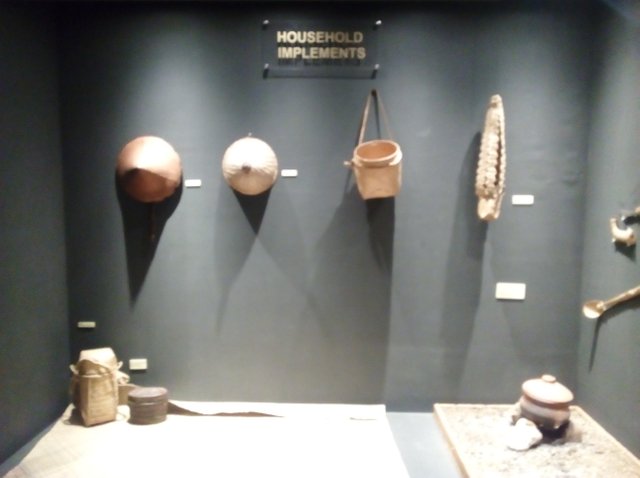
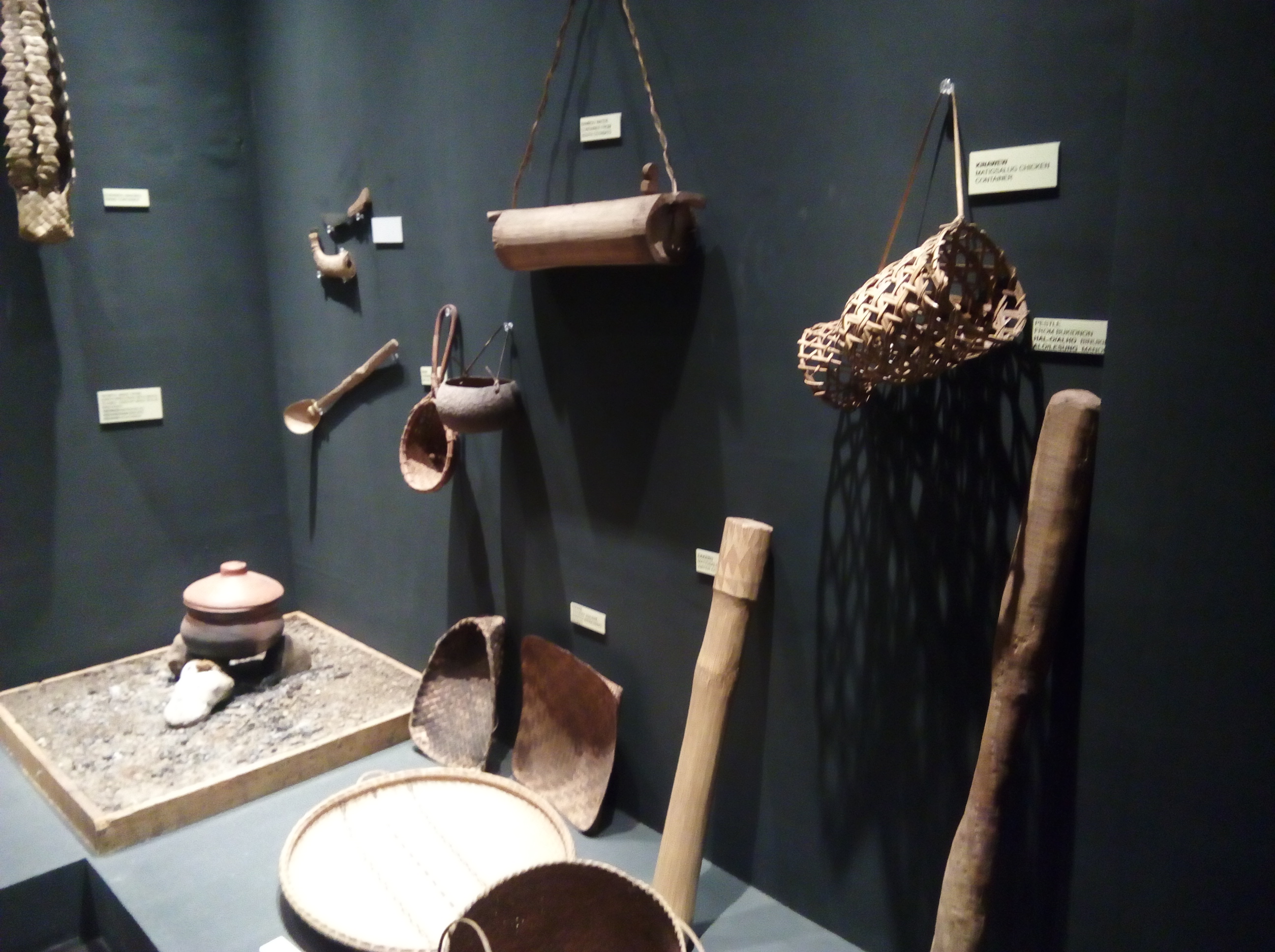
They designed hats to protect them from the heat of the sun and rainy seasons. Bags were also made with intricate designs. IPs also designed baskets that are being used to harvest or collect food and other stuff. Bags are also used by the IPs in travelling.
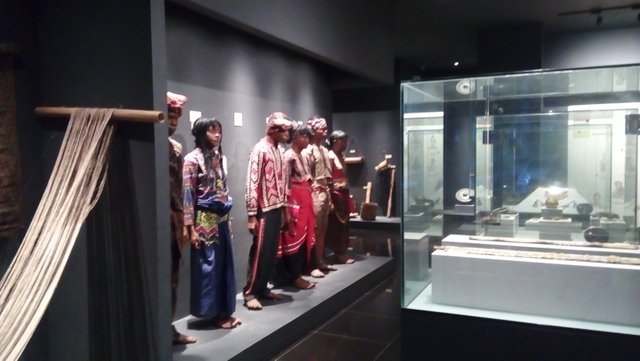
I totally freaked out the moment I saw these statues and I was alone in the exhibit room. As you can observe, these are some of the costumes of the IPs or also known as Lumads.
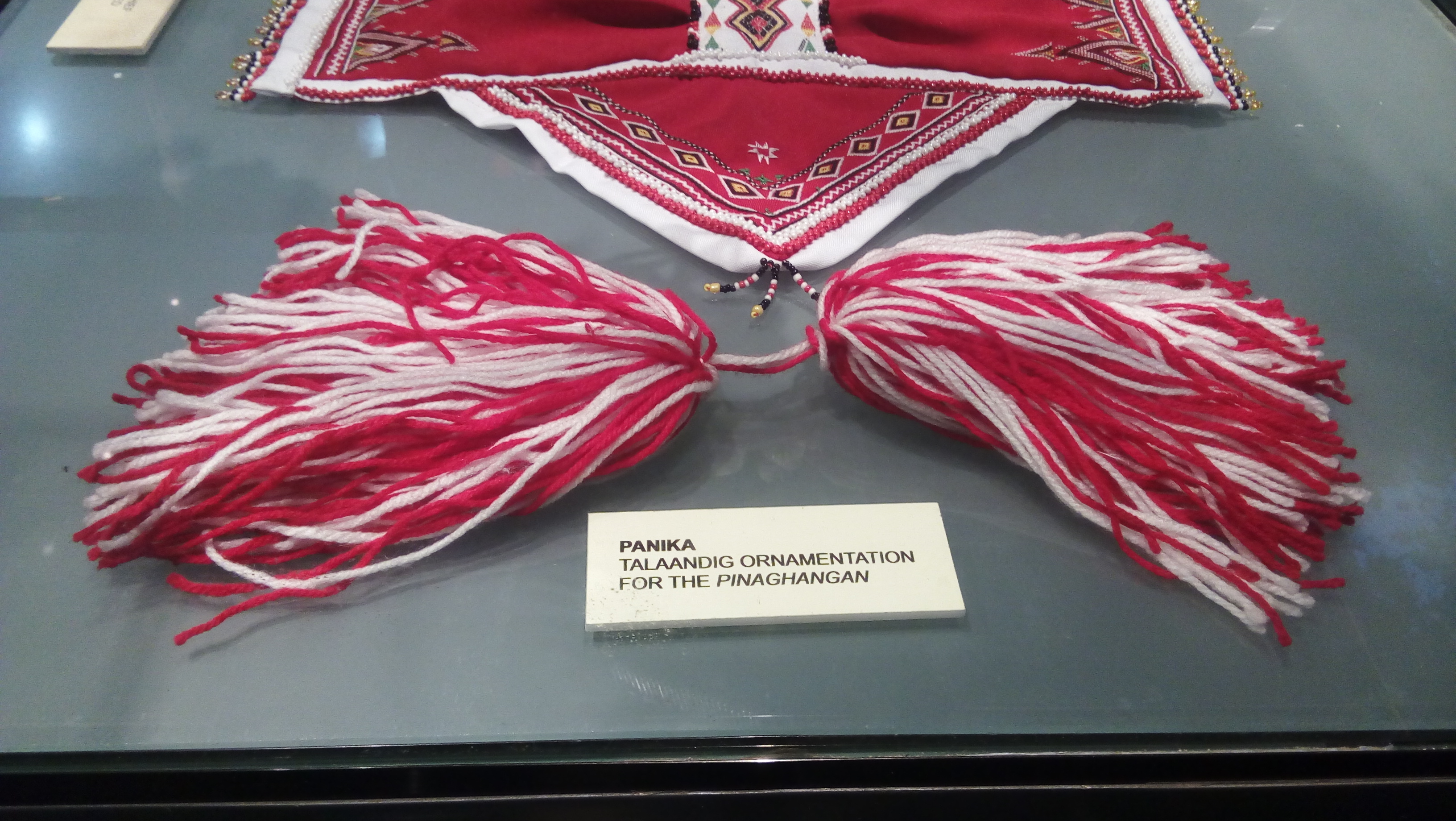
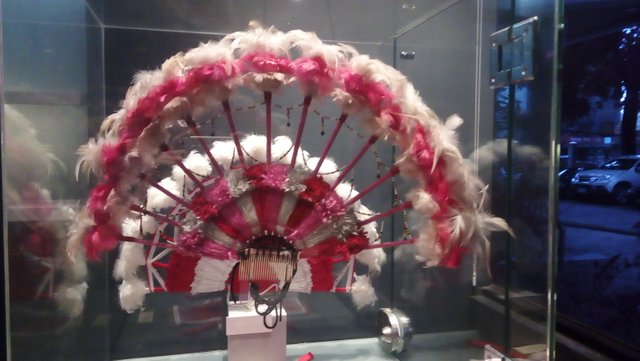
Their beadworks has always been so intricate and colorful.
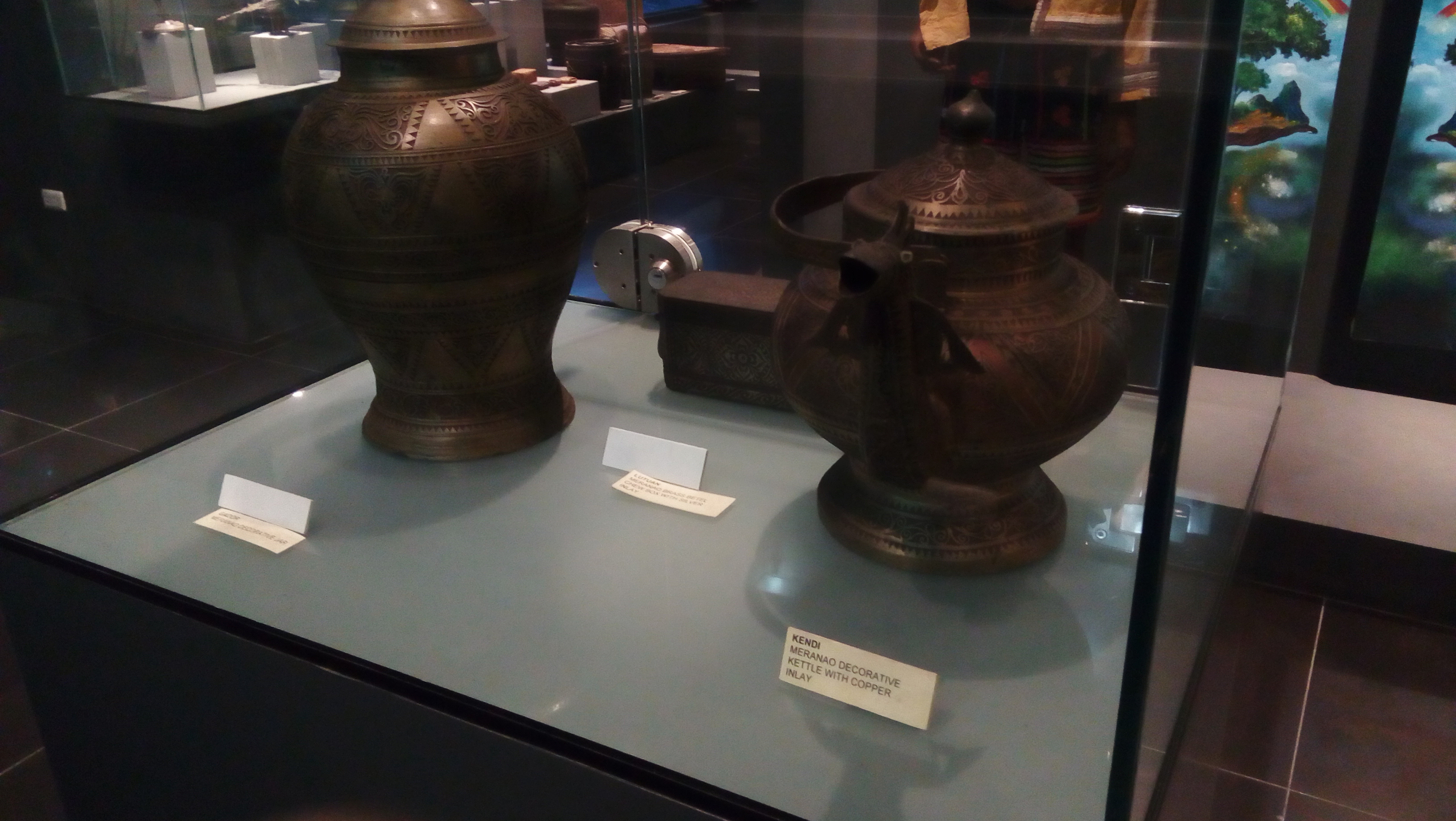

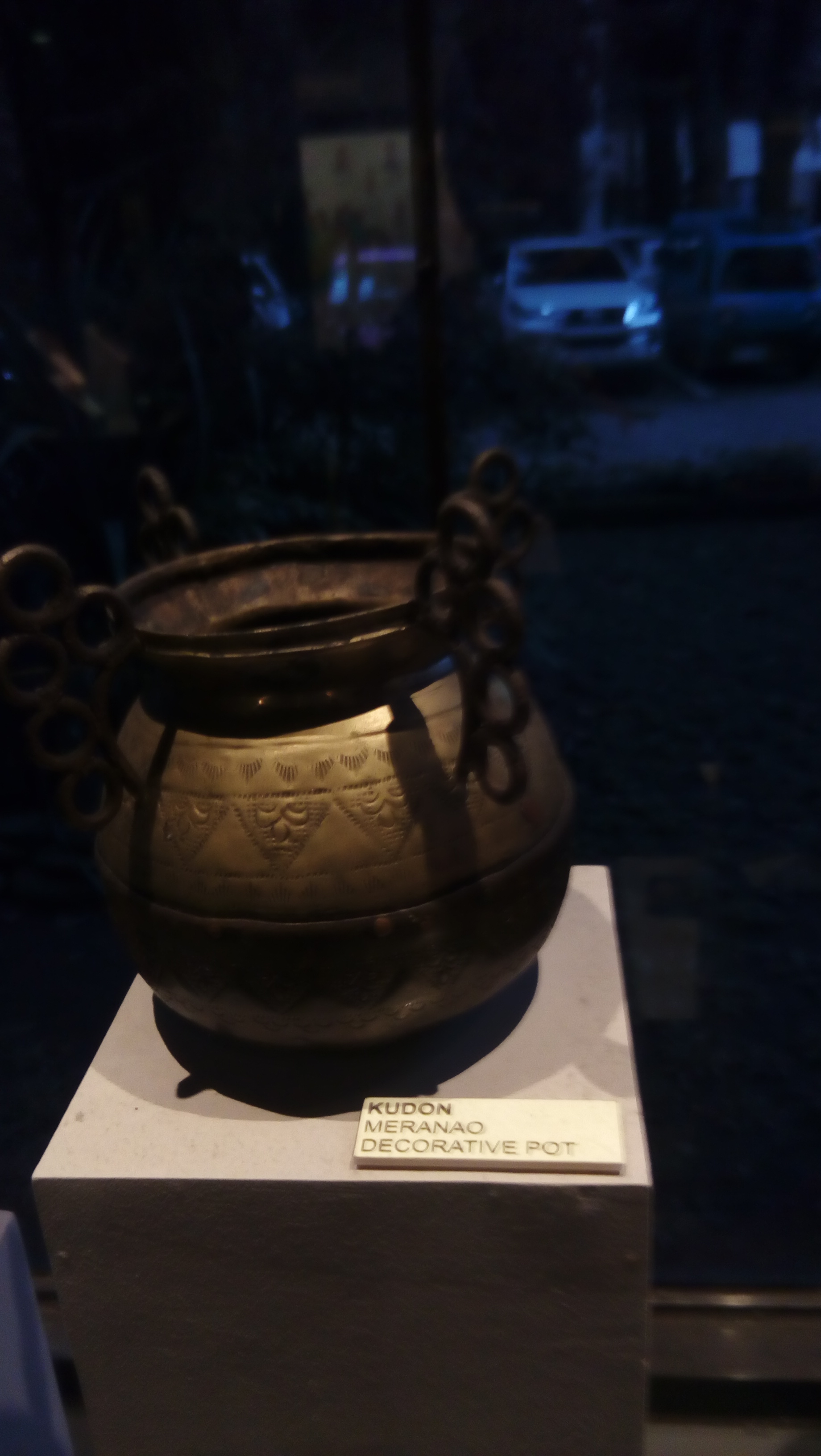
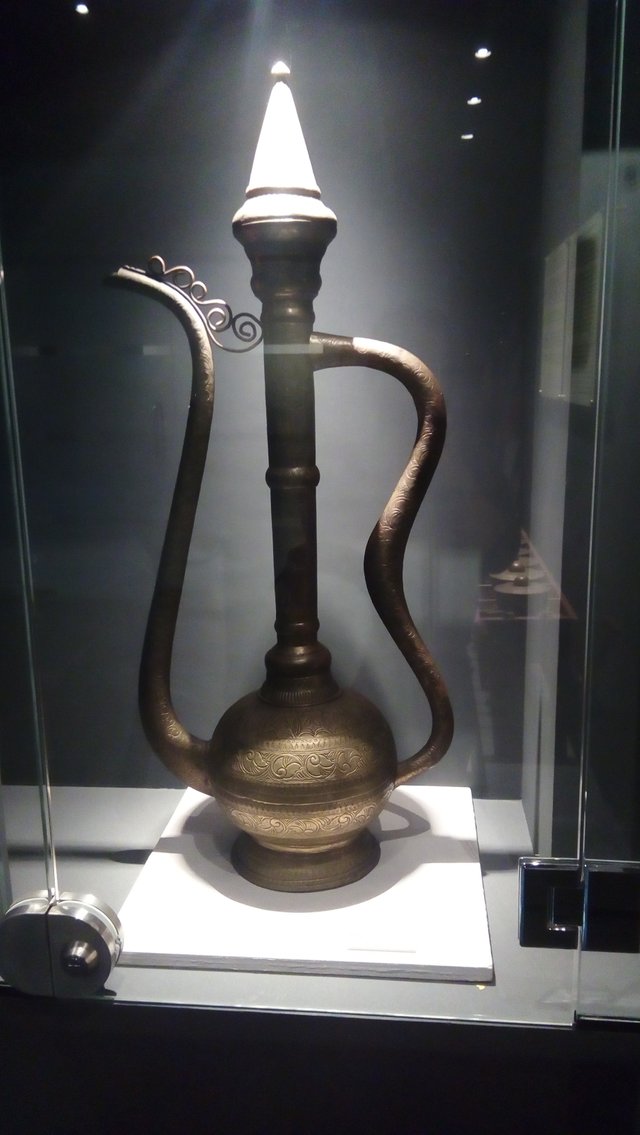
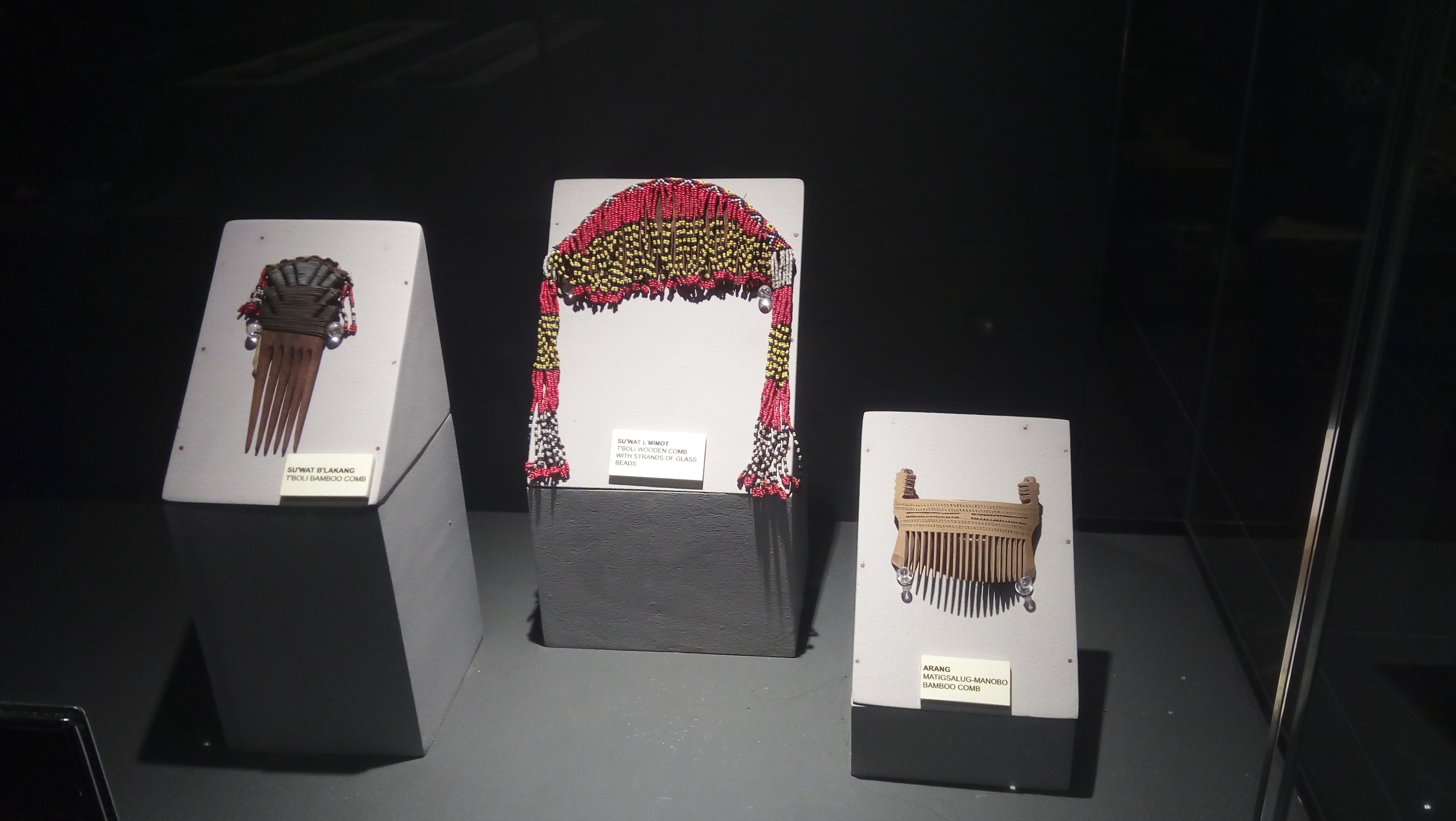
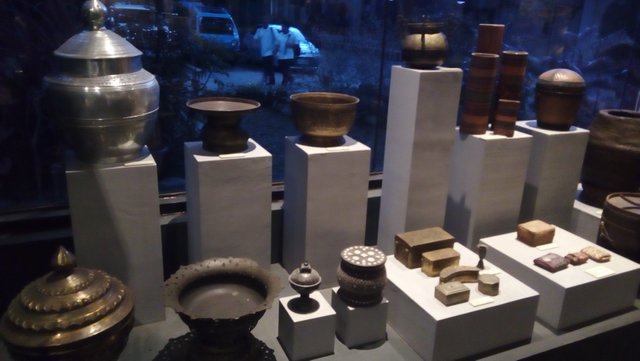
These are also the fine jars and containers made out from brass and other materials by our Meranao brothers.
These are some of the musical instruments created by the Lumads:
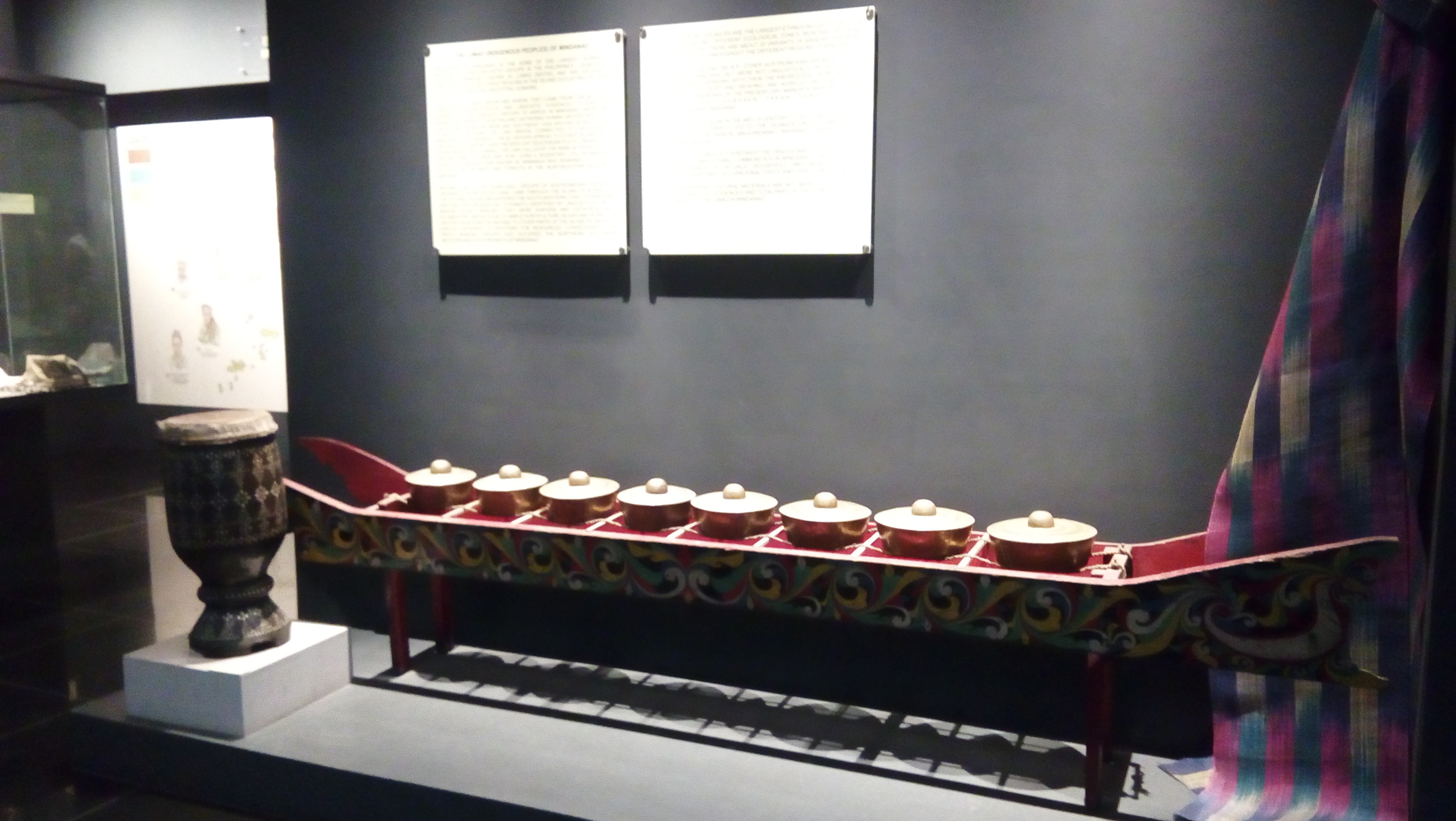
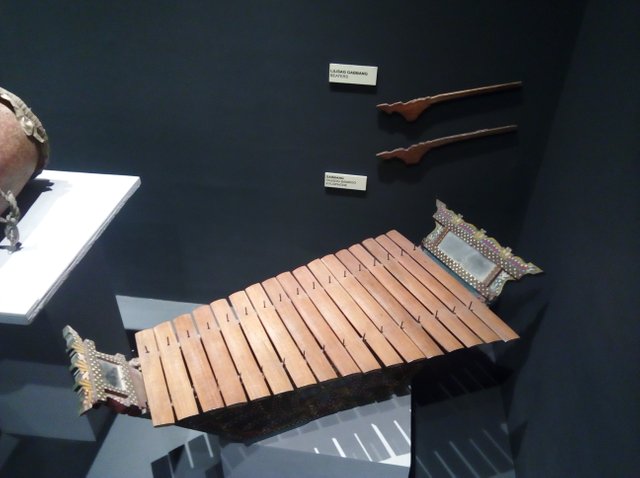
Gabbang, a Tausog Bamboo Xylophone
And some other wind instruments, stringed instruments, and percussions:
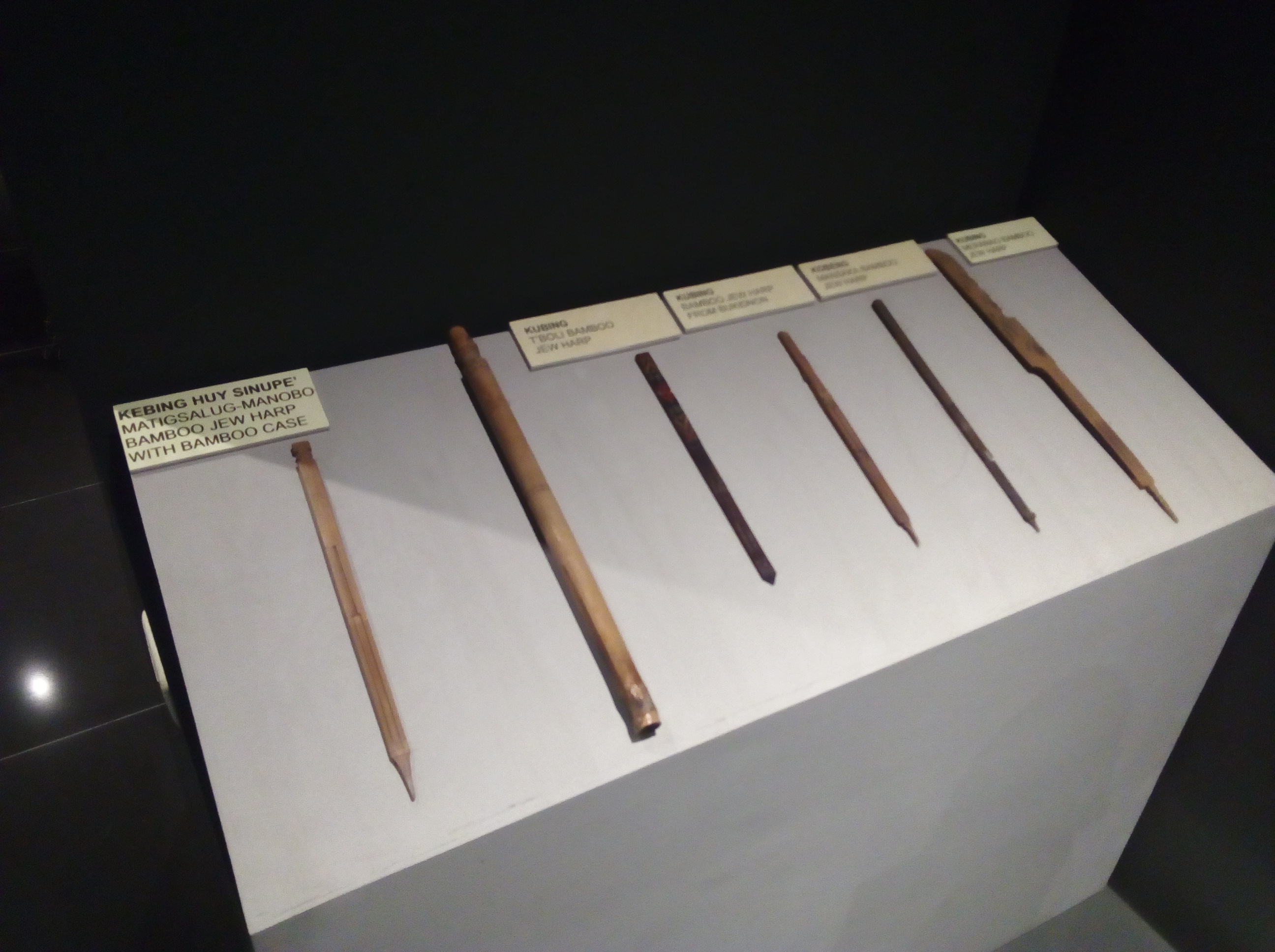

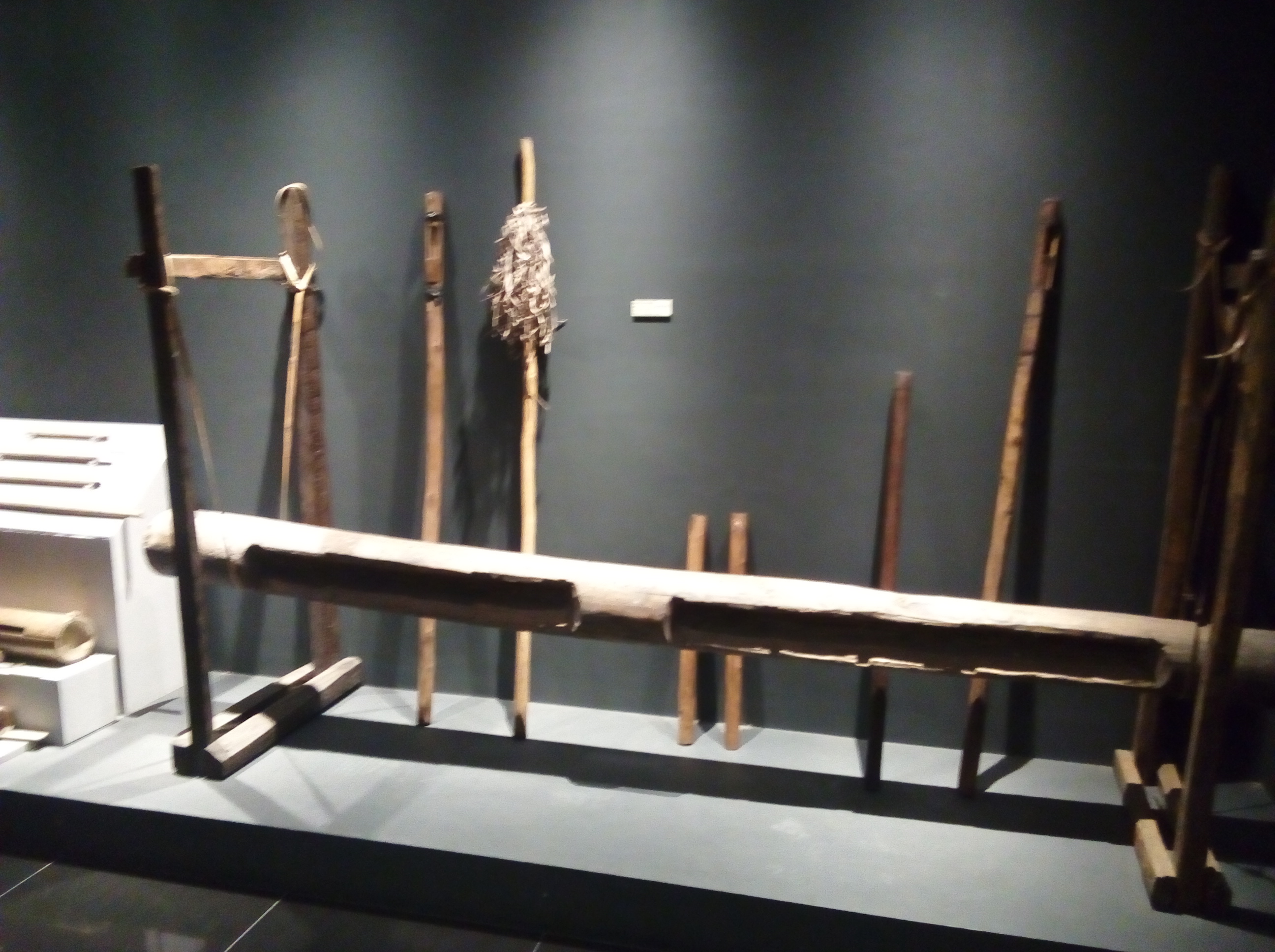
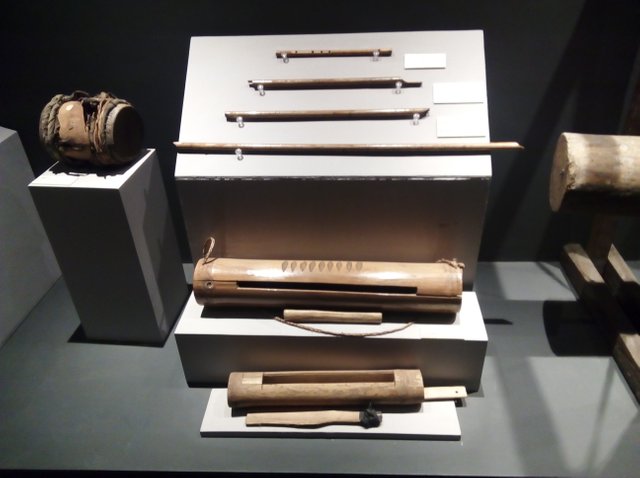
Paghahabi or weaving has also played a vital role in the culture and arts for the IPs in Mindanao.
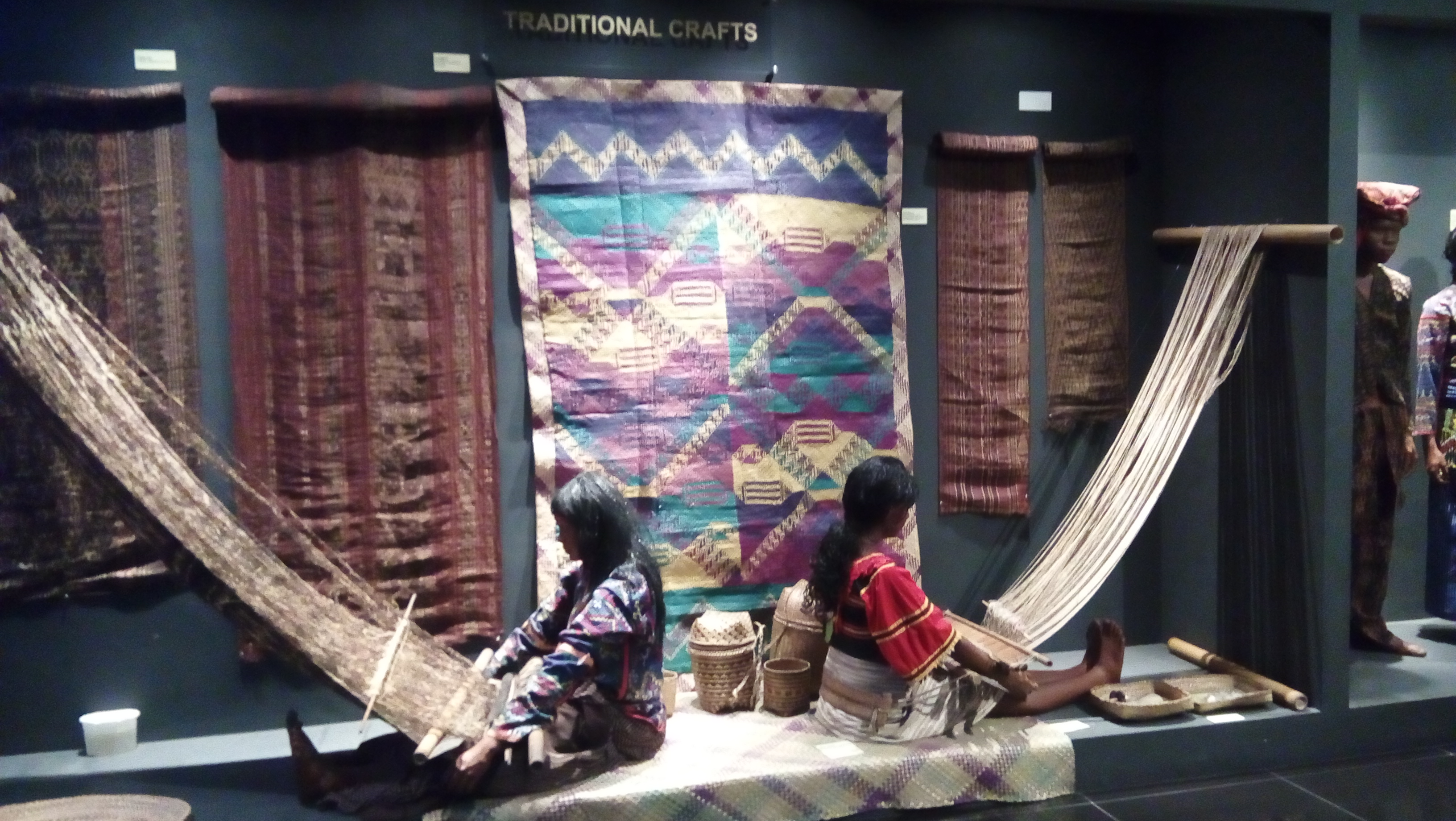
A Walkthrough of Cagayan de Oro City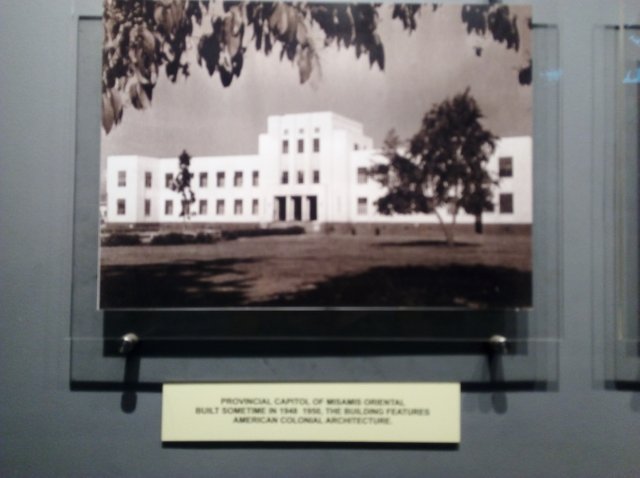
This is the old Provincial Capitol of Misamis Oriental. It has been widely known for Kagaya-anons that Cagayan de Oro City serves as the capital of the province of Misamis Oriental, no wonder the Provincial Capitol is located in the heart of Cagayan de Oro City.
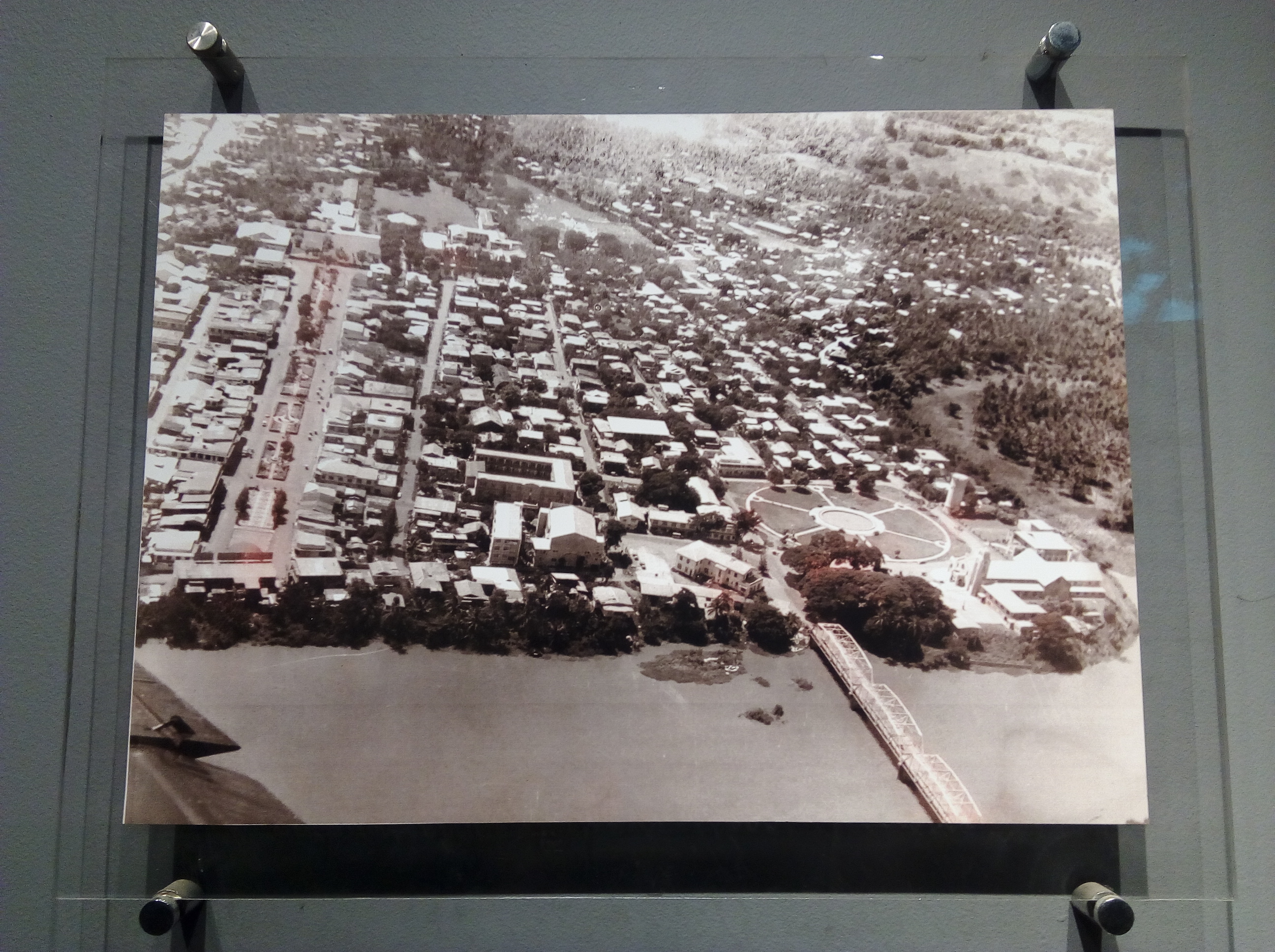
This is an aerial shot of Cagayan de Oro City decades ago. Today, there are a lot of establishments that were built. The park near the Cathedral has also been improved a lot. It is not just a mere circle anymore, but there is also a fountain, chairs, and vendors.
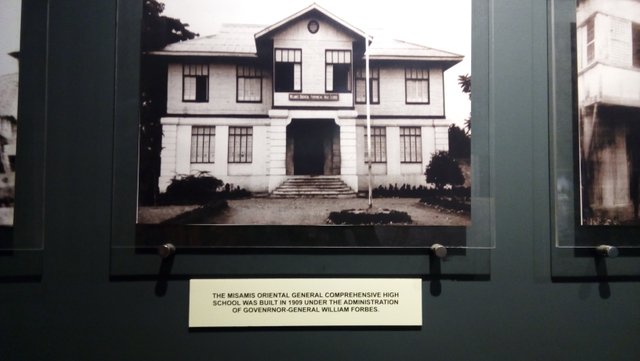
The Misamis Oriental General Comprehensive High School was built under the Administration of Governor-General William Forbes. This school today has a population of more than a thousand of students. Modern buildings has also been added, one is donated by PAGCOR.
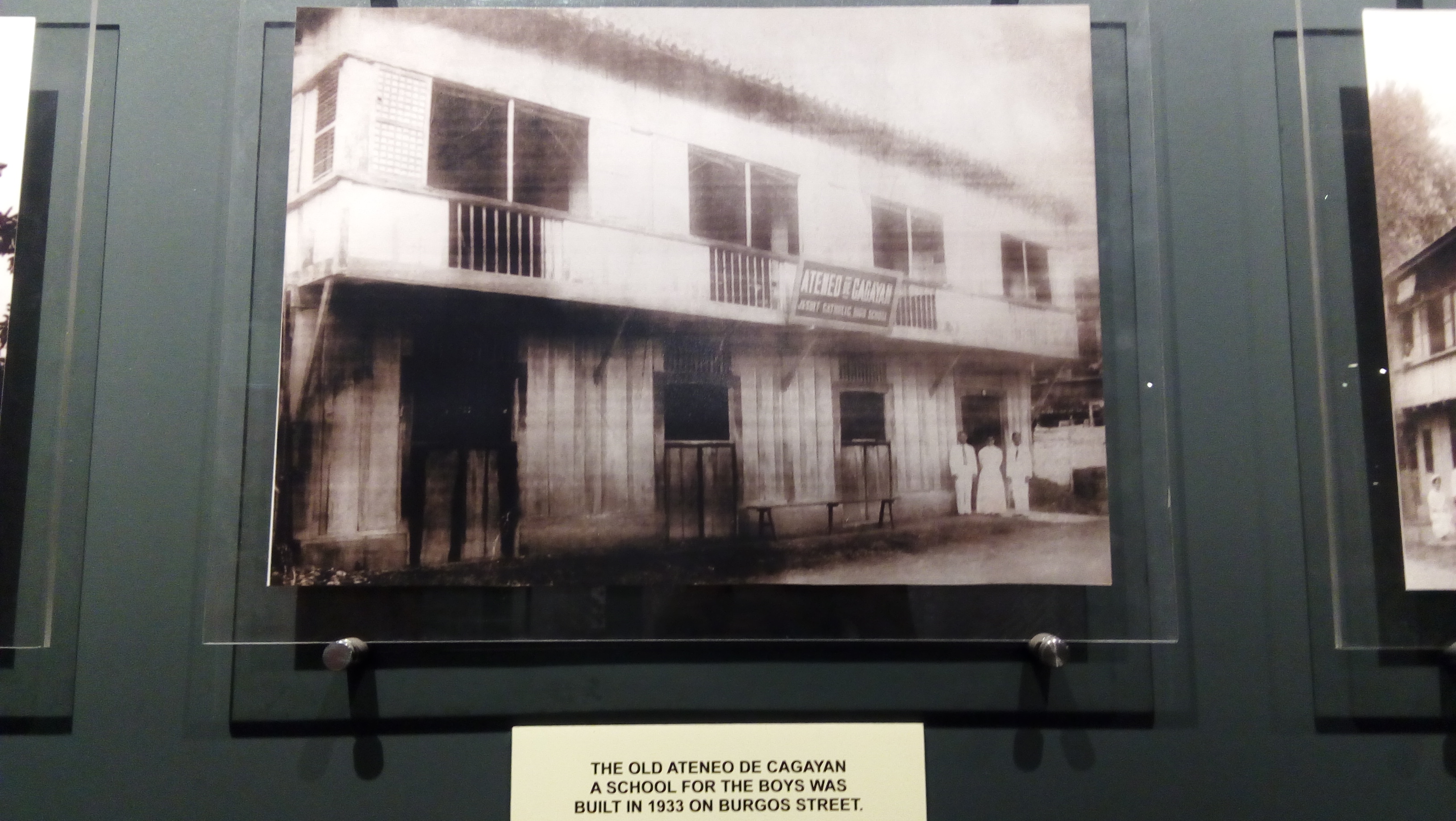
The Old Ateneo de Cagayan, a school for the boys was built in 1933 on Burgos Street. Today, it has an estimated number of 8,000 students including the basic and secondary level of education. Women can also enter the said university.
As you also go along the building, you will find some painting that portrays the history of Mindanao during the Spanish Colonial Period in the Philippines.
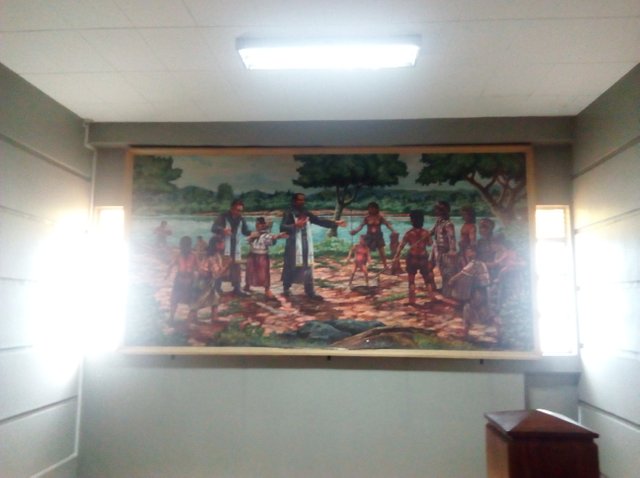
By learning and walking through with the history of Northern Mindanao, somehow it gave us a light of why do Mindanaoans do not look the same, as some are Chinese-mestizos, American-mestizos, and Spanish-mestizos. This is contrary to the belief thst Mindanao is a Muslim-dominated island. The long period of Spanish Colonization gave us a light as to why traditions of Spain were replicated in Northern Mindanao.
By reviewing also the history of one area, it also excites us to study the history of other places. I, for one, would love to further my study on the Filipino Culture and History and of other's as well.
That is me by the way with some of my friends when we tried to visit the museum.
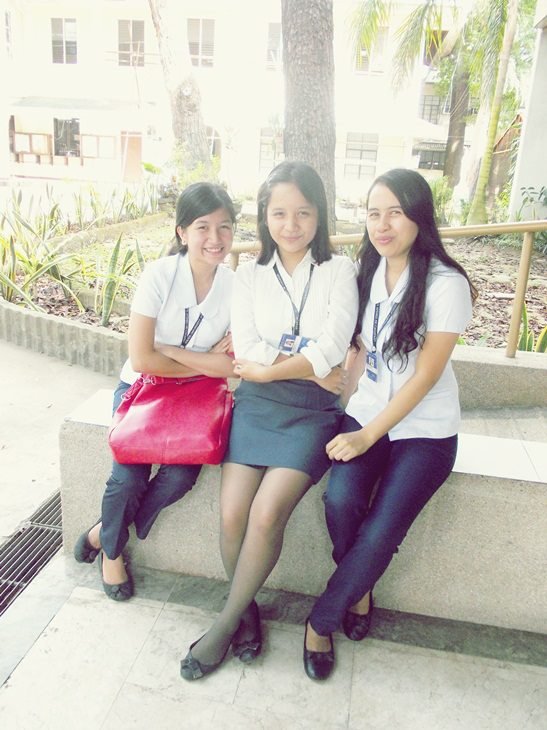
Some Mindanao Politics and History can also be found here:
guides.library.manoa.hawaii.edu/c.php?g=105238&p=687429
ncca.gov.ph/subcommissions/subcommission-on-cultural-communitiesand-tradiational-arts-sccta.central-cultural-communities/the-history-of-the-muslim-in-the-philippines/
Bibliography of Islam in the Philippines






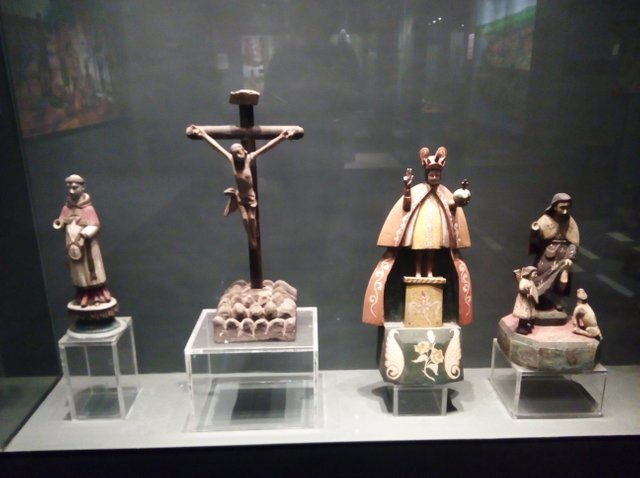
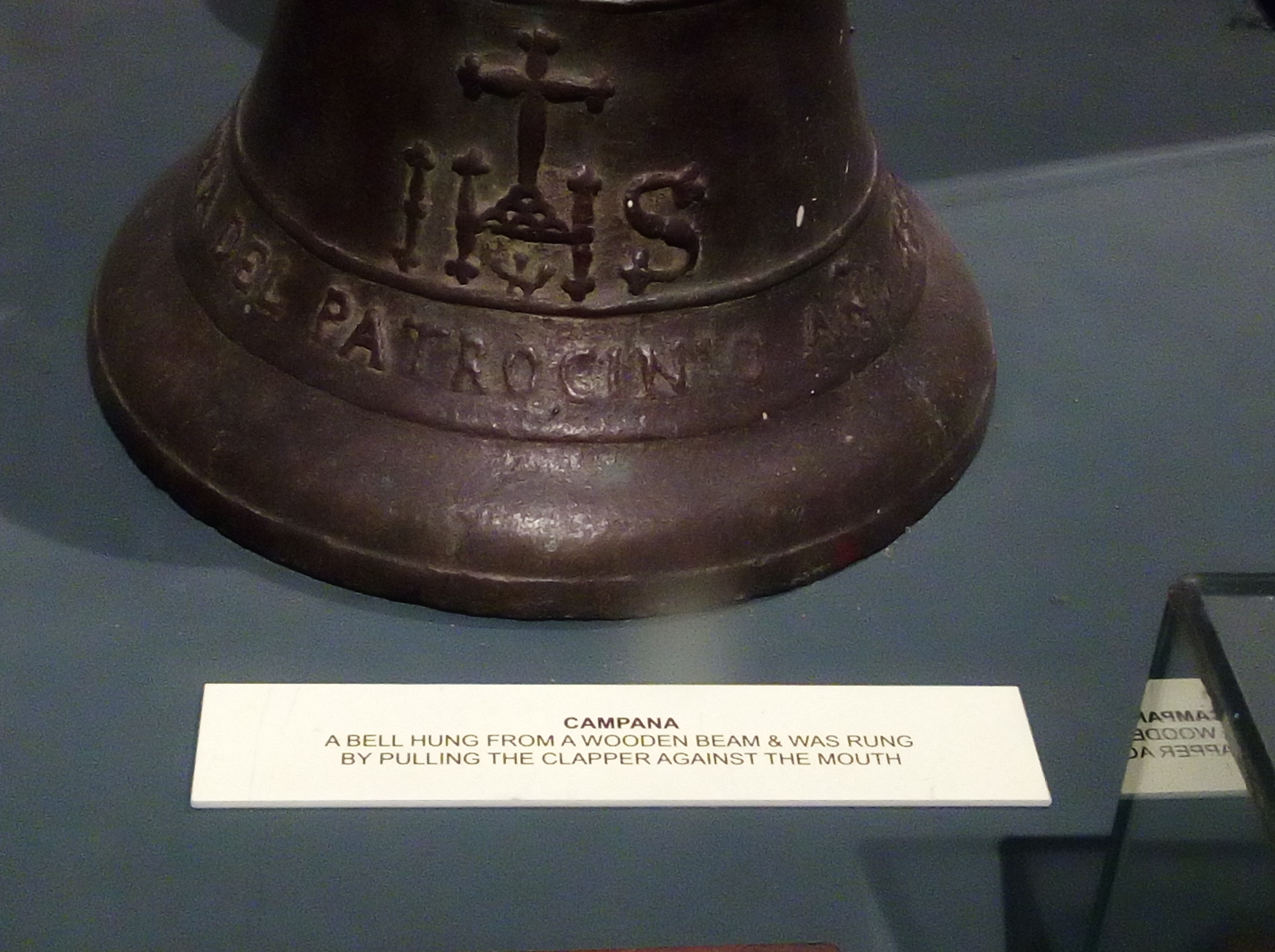
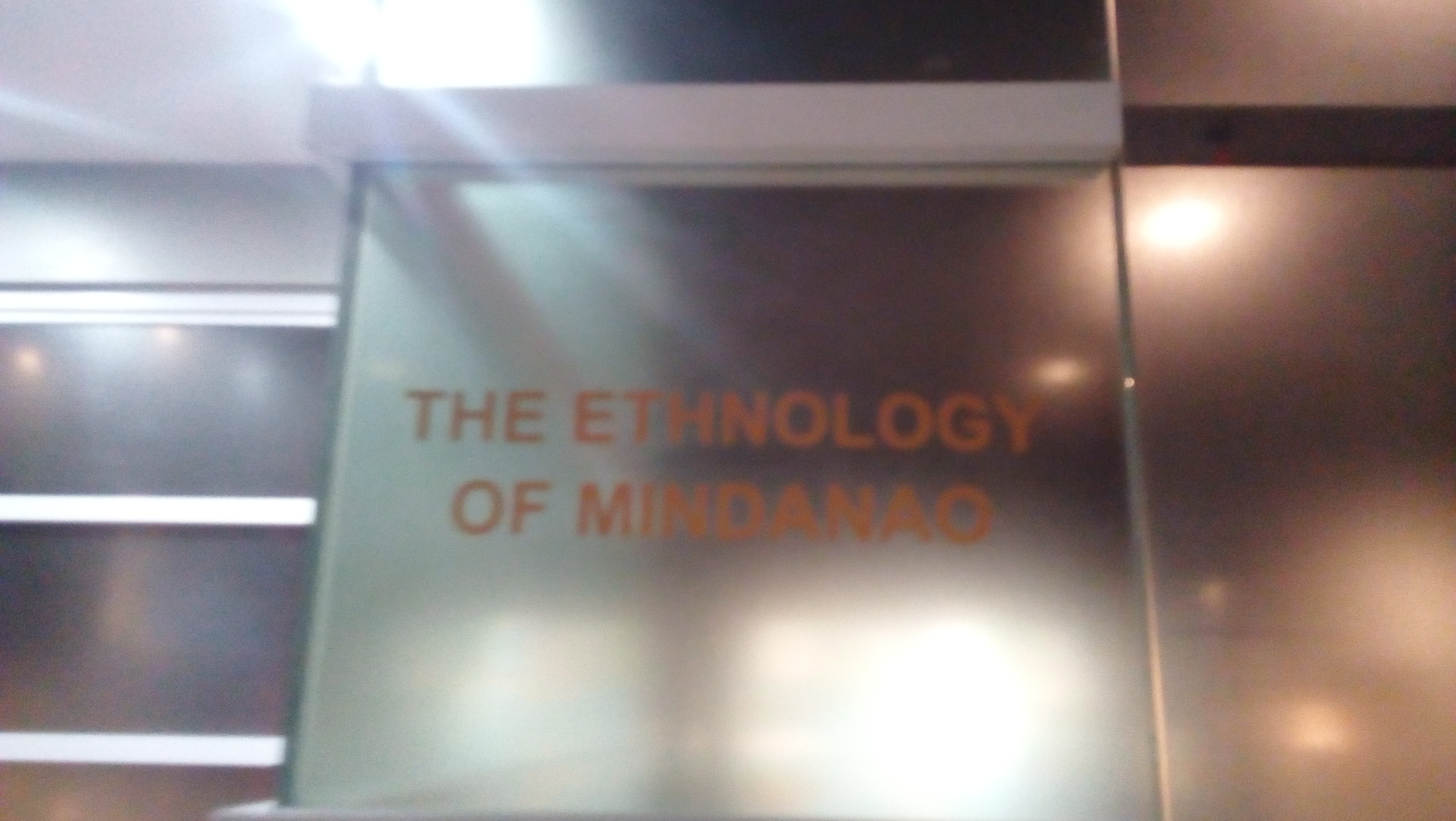

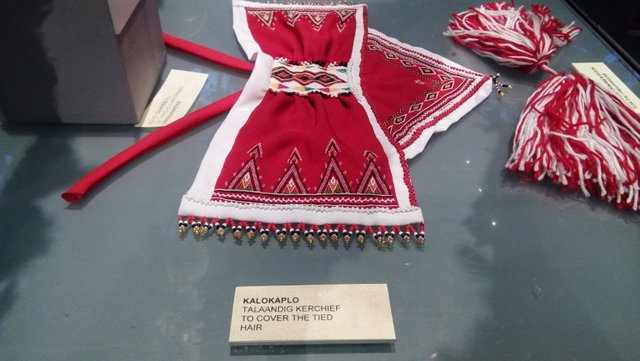
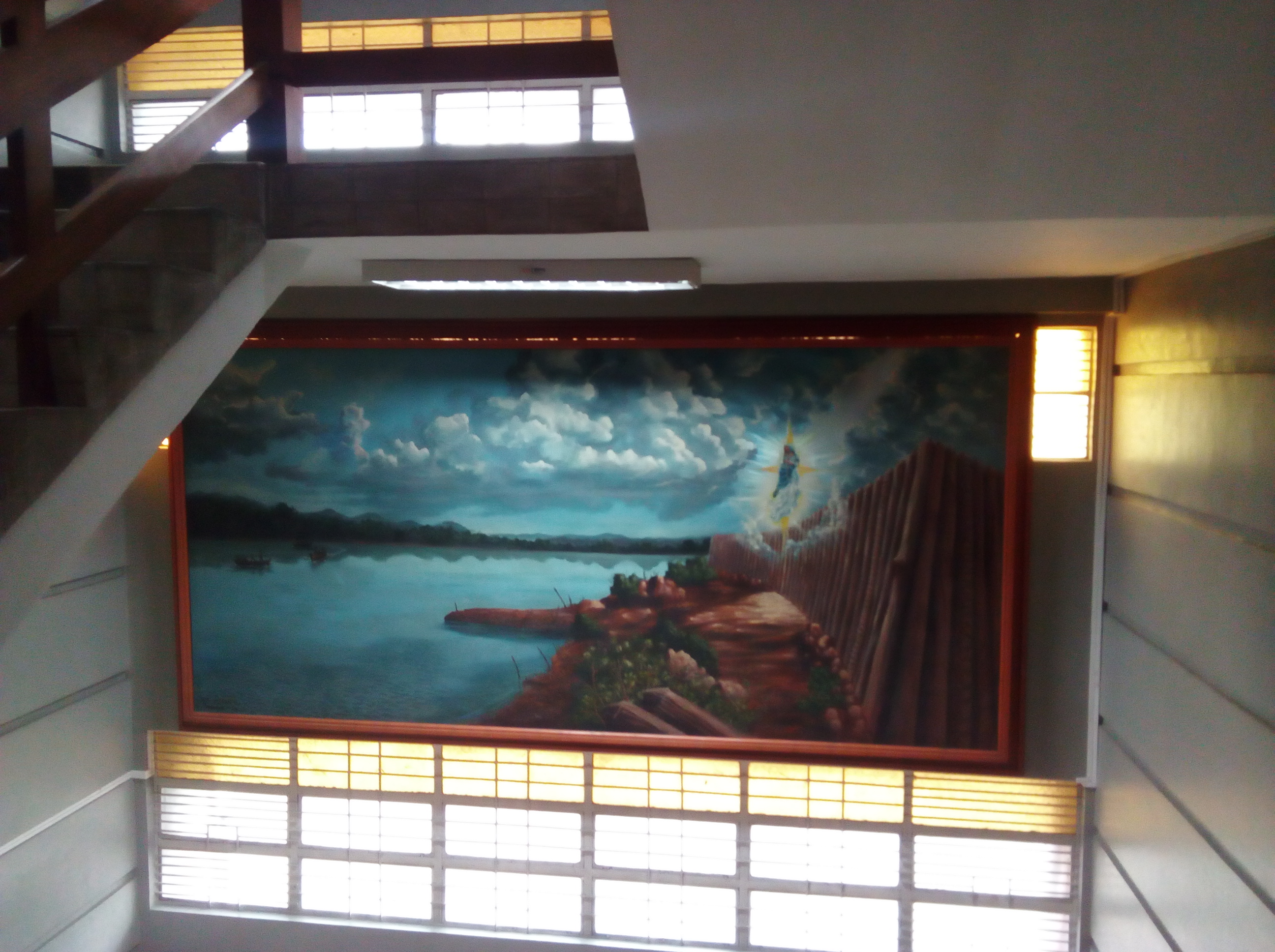

Thank you for this great article @gailbelga this certainly deserve more that my $0.01 upvote.
Mindanao has a lot to offer and it's saddening to hear it - being linked to
wars,conflictreligious divideetc. too much negativity surrounds this beautiful island and awesome people.I am proud to be born in Mindanao and I hope it finds lasting peace it rightly deserve.
Thank you so much for your appreciation. The next thing I have in mind is to conduct a project to a certain communith in Mindanao
Go for it! supporting you all the way.
Thank you kuya! =)
Congratulations @gailbelga! You have completed some achievement on Steemit and have been rewarded with new badge(s) :
Click on any badge to view your own Board of Honor on SteemitBoard.
For more information about SteemitBoard, click here
If you no longer want to receive notifications, reply to this comment with the word
STOPThis is one serious work you've done here. I'm from Mindanao; Davao to be exact. I appreciate you sharing this and I hope a lot of people get to read this. ❤
Thank you so much @dandalion. I hope to get information next time from Davao. I felt so in love with our diverse culture and of the people of course. 💛 A shining gold heart for you.
This one is great! Deserve a kick @gailbelga! 😎😎
Since this is a travel blog, it would help alot if you put verification photo of yourself. Trust me, it will go trending.
Like me on the area? Or me right now? I do not really like to take selfies. ahaha
You in the area. :)
Haha dear that's hard but I'll try it tomorrow though.
Ganda mo talaga.......magpost dami matututunan, ganda ng arrangement, hope many people can read this.
@gailbelga langga
Ay grabe sya oh. Thank you.
Ahaha., youre welcome.
You will in time. Meanwhile you can also discuss with people on different threads. Have a greay day dear.
Lets protect each other and loved each other. Treat them as yourself
Indeed. Hugs*
@originalworks
The @OriginalWorks bot has determined this post by @gailbelga to be original material and upvoted it!
To call @OriginalWorks, simply reply to any post with @originalworks or !originalworks in your message!
To enter this post into the daily RESTEEM contest, upvote this comment! The user with the most upvotes on their @OriginalWorks comment will win!
For more information, Click Here!
Special thanks to @reggaemuffin for being a supporter! Vote him as a witness to help make Steemit a better place!
Wow that's a lot of effort you invested there! Will read this tomorrow.
Oh, thank you so much!
Glad to read about my present abode as well as my alma mater.
Taga Cdo ka din pala. Thats so cool. :)
Oo macasandig mi.
Kami balulang lang mi sir! Payts
@originalworks